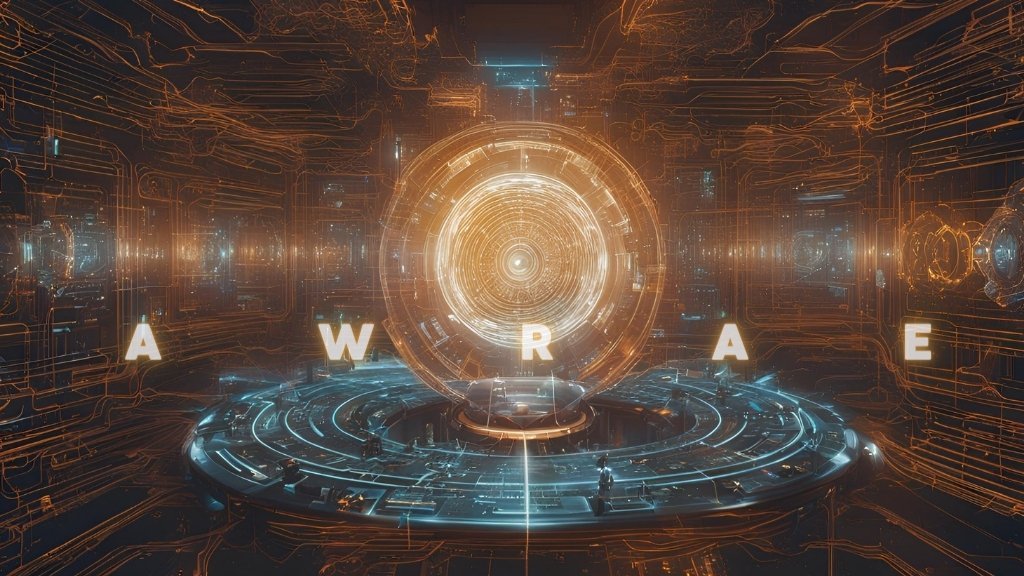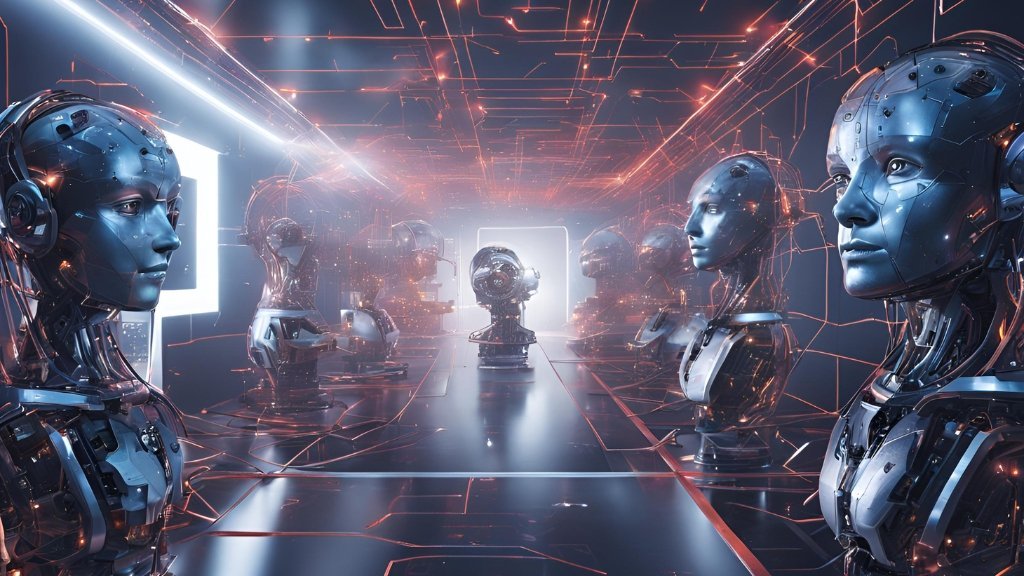Artificial intelligence (AI) is rapidly transforming various aspects of our lives, and education is no exception. From personalized learning platforms to intelligent tutoring systems, AI is revolutionizing the way we teach and learn. However, as with any disruptive technology, the integration of AI in education presents both exciting opportunities and significant challenges.
The Rise of AI in Education
AI is already being used in various educational settings, from primary schools to universities. Some of the most common applications include:
- Personalized learning platforms: These platforms use AI algorithms to adapt the learning experience to the individual needs and preferences of each student. They can provide tailored content, feedback, and assessments, helping students learn at their own pace and in their own way.
- Intelligent tutoring systems: These systems use AI to provide personalized guidance and support to students, helping them master difficult concepts and improve their performance. They can also identify areas where students are struggling and provide additional resources and support.
- Automated grading and feedback: AI can be used to automate the grading of assignments and exams, freeing up teachers’ time for other tasks. AI-powered tools can also provide feedback to students on their work, highlighting areas for improvement.
- Virtual reality and augmented reality: These immersive technologies can be used to create engaging and interactive learning experiences, allowing students to explore new worlds and concepts in ways that were not possible before.
The Benefits of AI in Education
The integration of AI in education offers several potential benefits:
- Personalized learning: AI can tailor the learning experience to the individual needs of each student, providing them with the right content, feedback, and support at the right time. This can lead to improved learning outcomes and increased engagement.
- Increased efficiency: AI can automate tasks such as grading and feedback, freeing up teachers’ time to focus on other aspects of their work, such as planning lessons and providing individual support to students.
- Improved access to education: AI-powered tools can make education more accessible to students in remote or underserved areas, providing them with access to high-quality educational resources and support.
- Enhanced learning experiences: AI can be used to create engaging and interactive learning experiences, such as simulations, games, and virtual reality environments.
The Challenges of AI in Education
Despite the potential benefits, the integration of AI in education also presents several challenges:
- Digital divide: Not all students have equal access to technology and internet connectivity, which could exacerbate existing inequalities in education.
- Data privacy and security: The use of AI in education raises concerns about the collection and use of student data. It’s important to ensure that data is collected and used in a responsible and ethical way, protecting the privacy and security of students.
- The role of teachers: As AI takes over some tasks traditionally performed by teachers, it’s important to redefine the role of teachers in the classroom. Teachers will need to develop new skills, such as how to use AI tools effectively and how to guide students in their learning journey.
- Bias and discrimination: AI algorithms can perpetuate biases and discrimination if they are not designed and trained carefully. It’s important to ensure that AI systems are fair and equitable for all students.
The Future of AI in Education
The future of AI in education is full of possibilities. As AI technology continues to advance, we can expect to see even more innovative and transformative applications in the classroom. However, it’s important to address the challenges and ensure that AI is used in a way that benefits all students and supports the work of teachers.
The key is to find a balance between the potential of AI and the importance of human connection in education. By working together, educators, researchers, and policymakers can create a future where AI and humans collaborate to create a more equitable, effective, and engaging learning environment for all.



